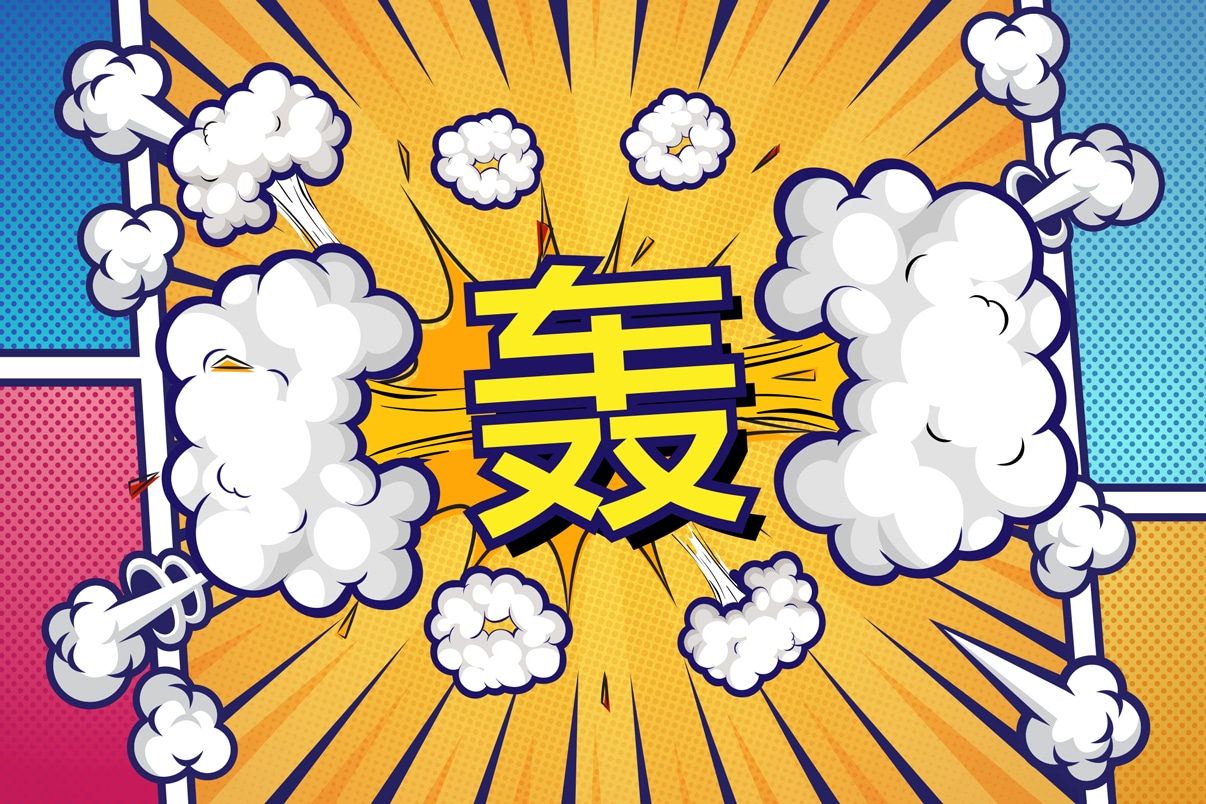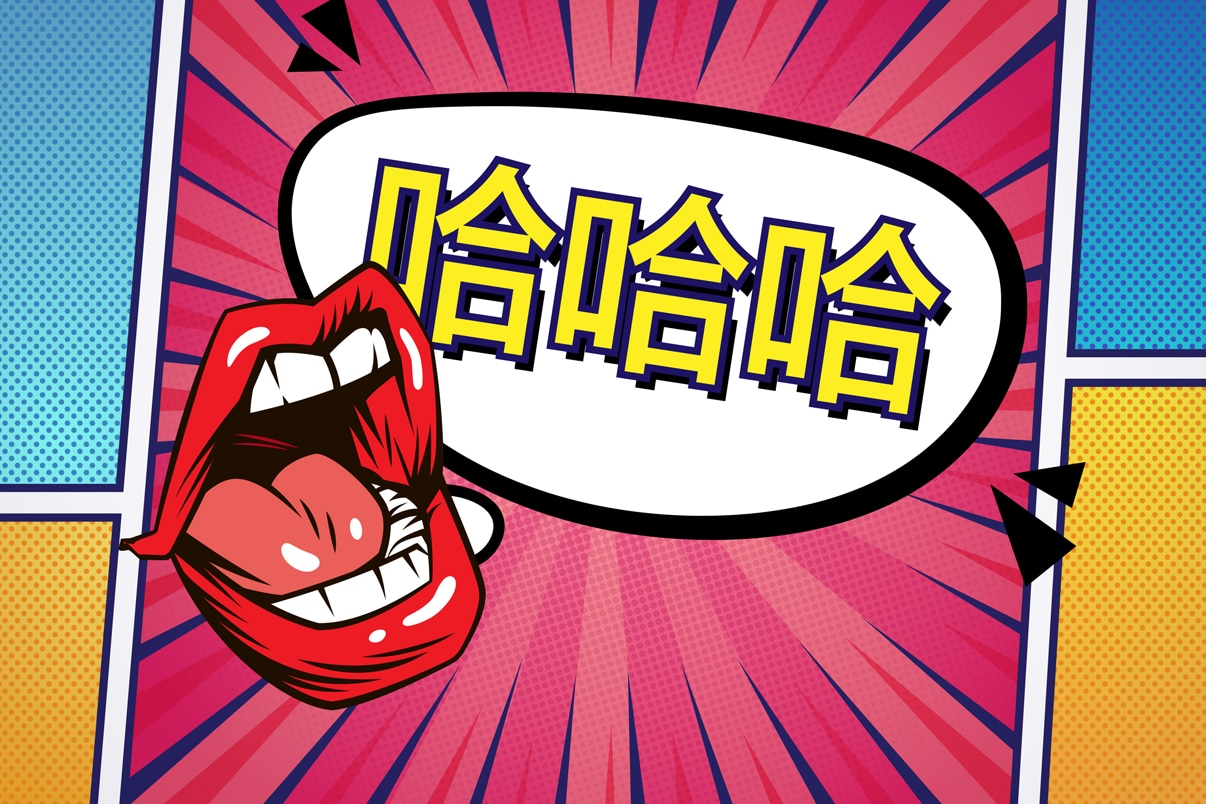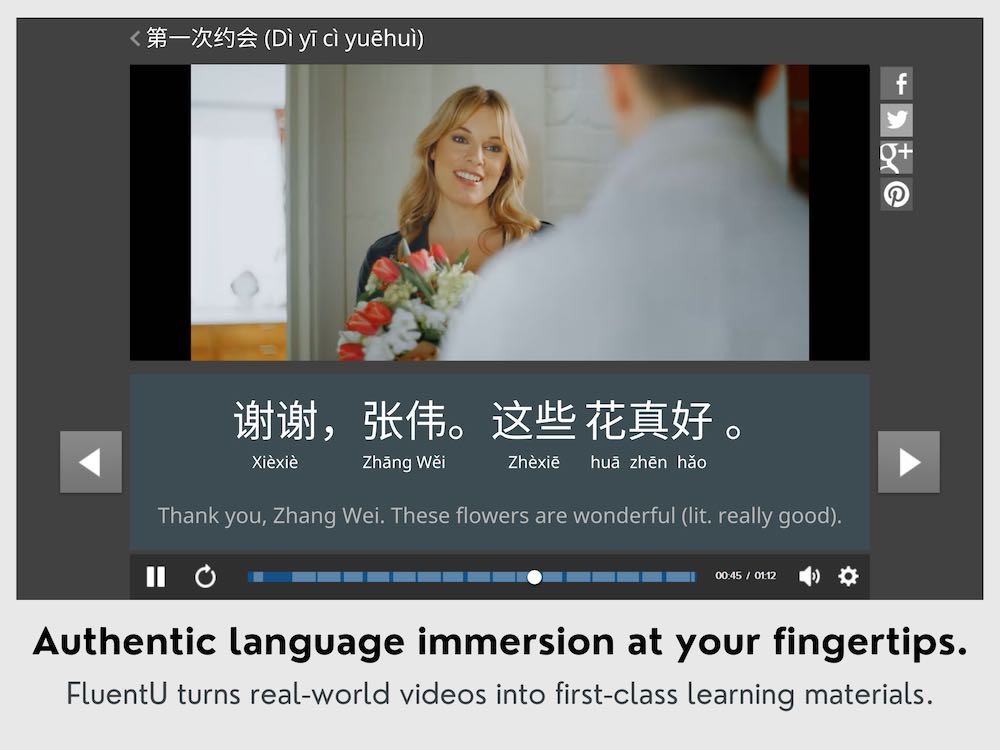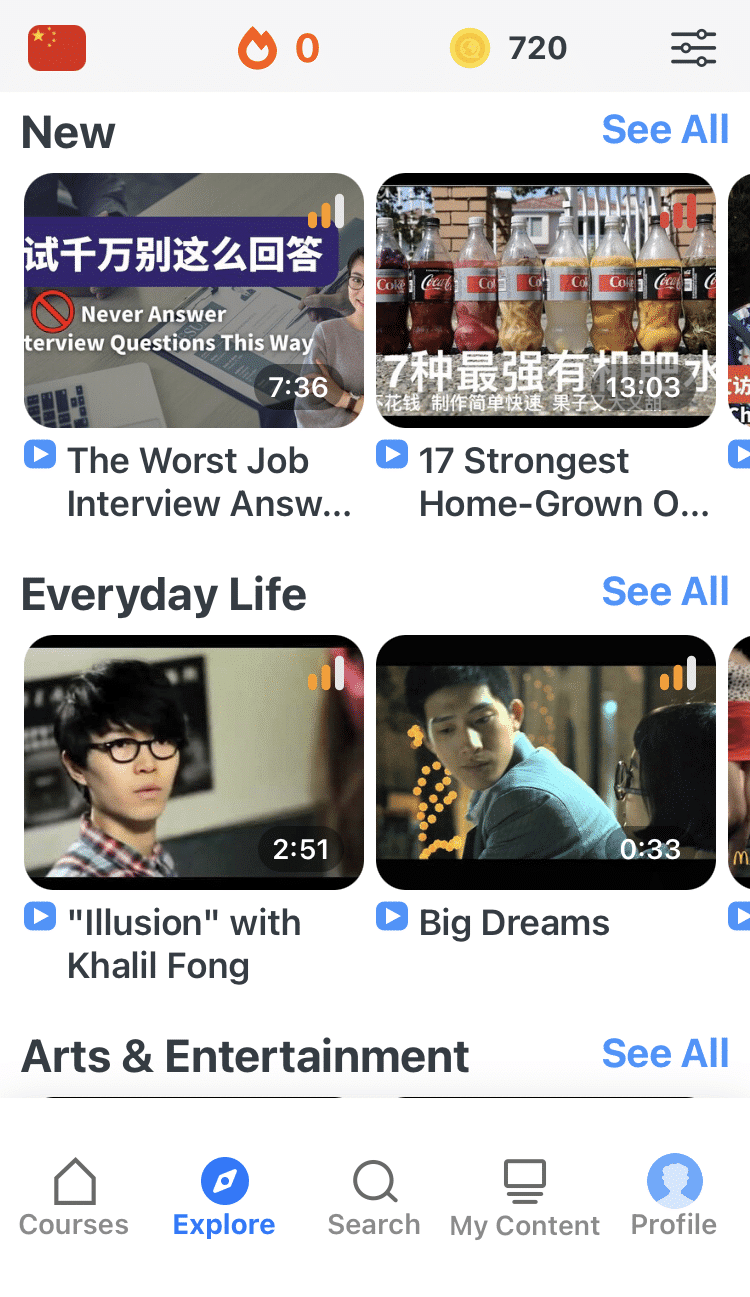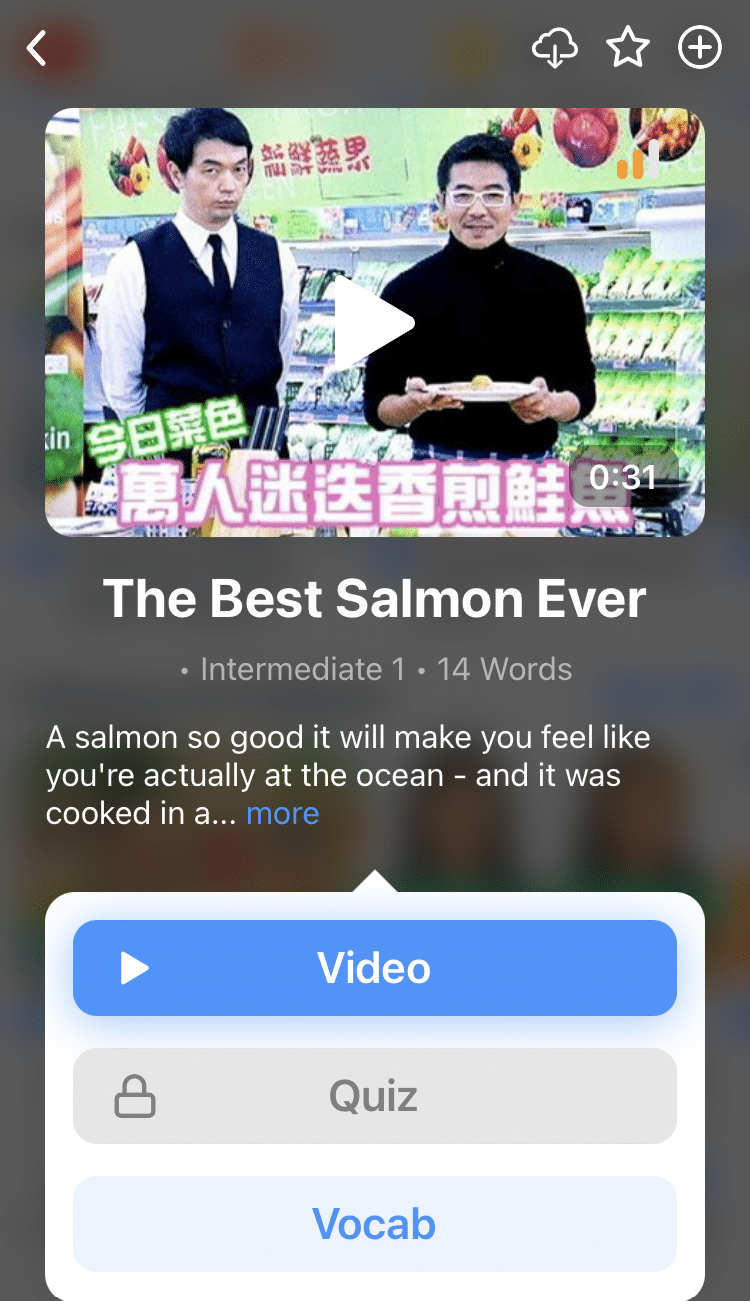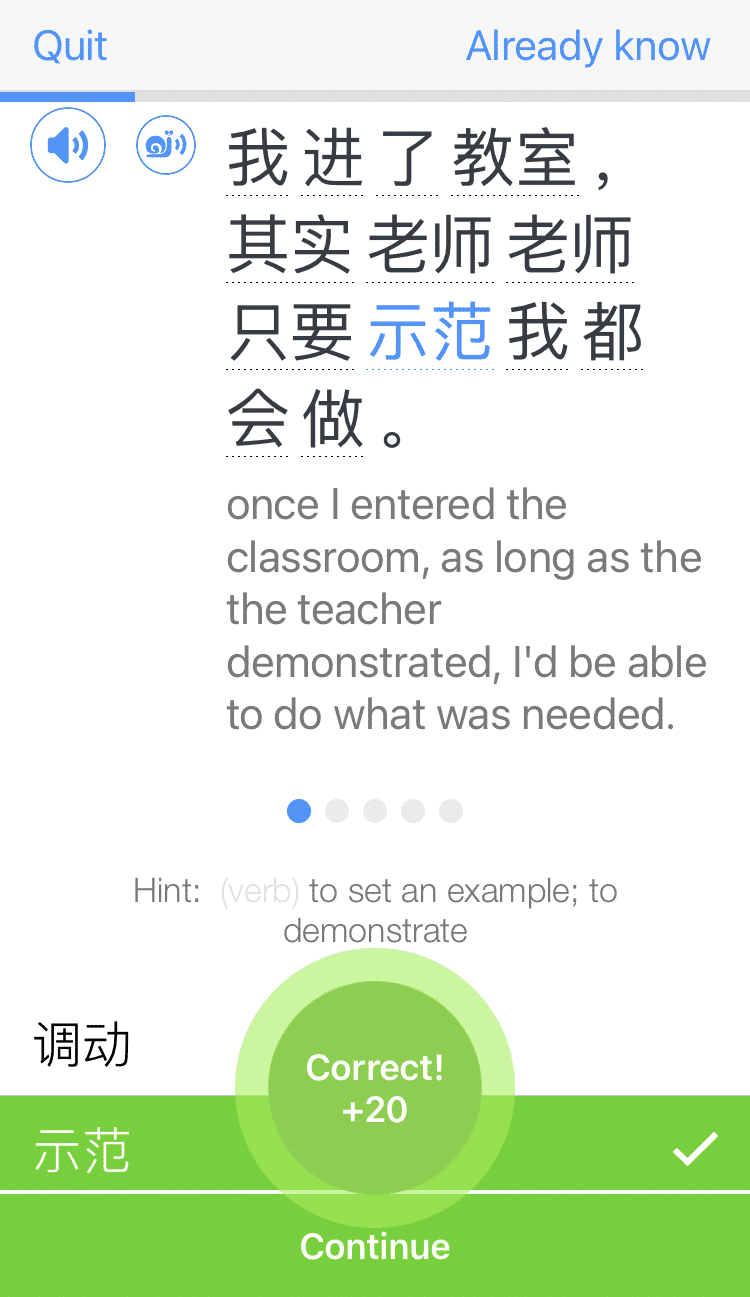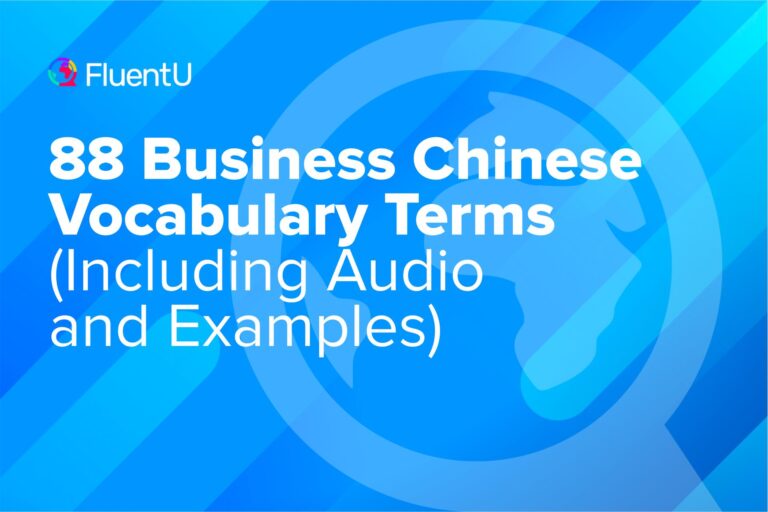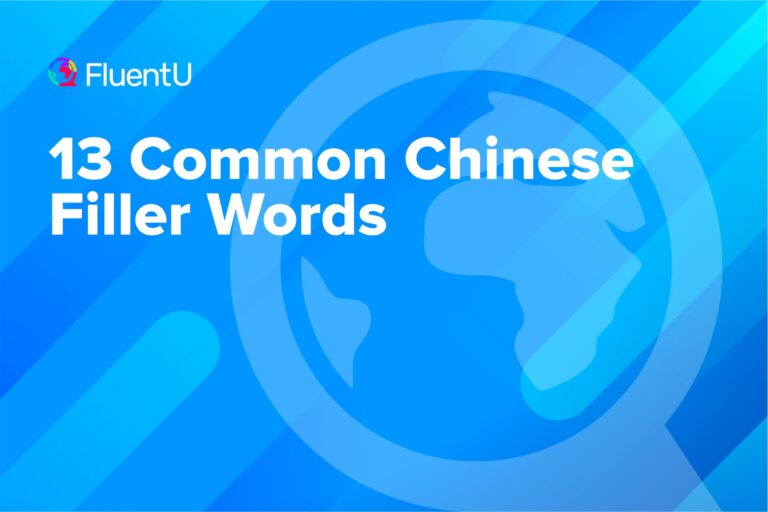The Complete Guide to Onomatopoeia in Chinese
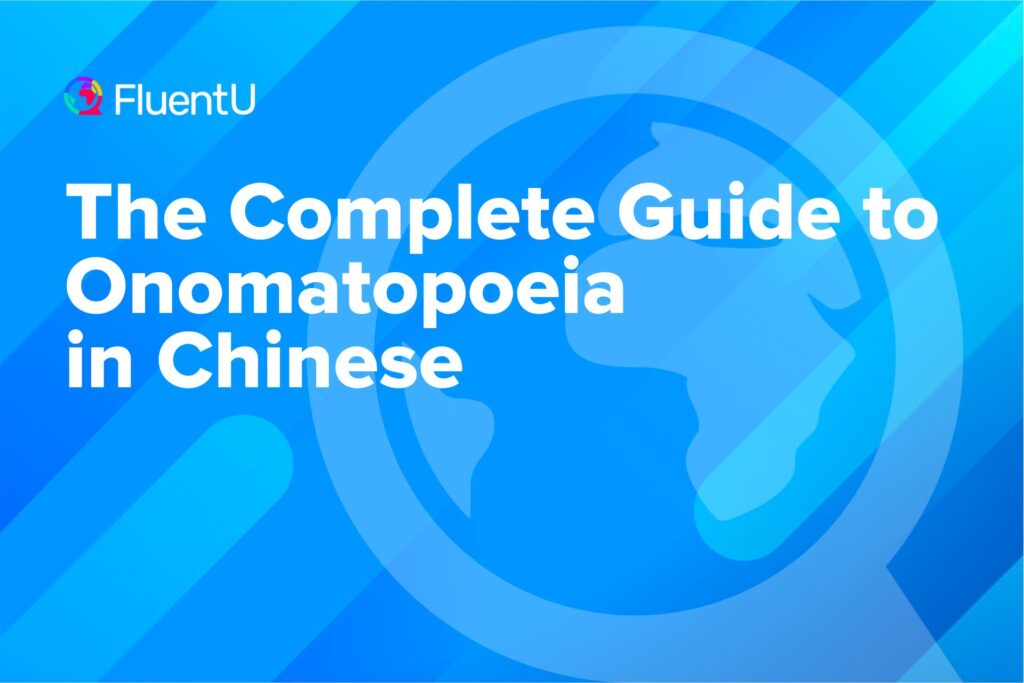
Onomatopoeias are a playful and easy way to imitate sounds in the natural world—like how splish splash and drip drop are the sounds of water in English.
Chinese onomatopoeias— 象声词 (xiàng shēng cí)—are divided into two general categories: classical Chinese and modern spoken Chinese. Classical Chinese onomatopoeias come from written records and include tone marks, whereas modern spoken onomatopoeias usually don’t.
Take a look at this guide to learn essential Chinese onomatopoeias, onomatopoeia categories and how to use them in real life.
Download: This blog post is available as a convenient and portable PDF that you can take anywhere. Click here to get a copy. (Download)
Simple Chinese Onomatopoeia
Simple Chinese onomatopoeias comprise most reduplicated words and words with affixes. A firm grasp of these one-word characters will help you build more complicated phrases.
One-character words
Simple onomatopoeic words are monosyllabic characters.
These are one-character words that will usually not have a tone to them.
For example:
轰 (hōng) — boom
啪 (pā) — bang
砰 (pēng) — thump
唰 (shuā) — swish
Alliterative
Some simple onomatopoeic words will be alliterative, where both syllables use the same initial. Examples include:
叮当 (dīng dāng) — clashing of metal or porcelain objects sounds
嘀嗒 (dí dā) — equivalent to English “tick-tock”
噼啪 (pī pā) — cracking or slapping sound
Vowel rhymes
Vowel rhymes are where both syllables use the same final.
For example:
哗啦 (huá la) — crashing or flowing sound of water
轰隆 (hōng lóng) — rumbling sound
呼噜 (hū lū) — snoring sound
咔嚓 (kā chā) — cracking sound
Other two-character words
Some words don’t fall in so easily to the above categories but are still simple two-character onomatopoeias. Such as:
刺溜 (cì liū) — sliding sound
嘎吱 (gā zī) — breaking or creaking sound due to heaviness
扑通 (pū tōng) — the sound when heavy objects are landing
Reduplicated Chinese Onomatopoeia
Reduplicated onomatopoeias repeat certain characters in specific patterns.
This is similar to onomatopoeia sounds in English, like how a clicking sound can turn into “click click,” the sound of rain takes on “pitter patter, pitter patter” or a dog bark sounds like “woof woof.”
Many of these will be similar to their English counterparts, so you may immediately recognize these sounds.
AA and AAA
哈哈 (hā hā) — laughter sound
呼呼 (hū hū) — sound of the wind
哗哗 (huá huá) — sound of water or rain falling
唧唧 (jī jī) — buzzing or chirping sound, usually related to insects
喵喵 (miāo miāo) — meowing sound
哇哇 (wā wā) — crying sound
旺旺 (wàng wàng) — the sound of the bark of a dog
嘻嘻 (xī xī) — giggling sound
Any of these onomatopoeic words that take on a AA form can also be transformed to take on the AAA form.
Like how “haha” can become “hahaha,” a character in AAA form usually represents a more intense version of the sound.
ABB
Words in the ABB form will be composed of a disyllabic word where the second syllable is repeated.
For example:
嘀铃铃 (dí líng líng) — telephone ringing sound
咕噜噜 (gū lū lū) — water or rolling sound
轰隆隆 (hōng lóng lóng) — rumbling noise
哗啦啦 (huá la la) — wind or flowing water sound
AAB
The opposite of words in ABB form, AAB form comprises a disyllabic word whose first syllable is repeated.
叮叮当 (dīng dīng dāng) — the sound when metal strikes on metal, or sounds of bells
乒乒乓 (pīng pīng pāng) — the sound that happens when objects strike each other
AABB
Words in AABB form will usually be separated by a hyphen to show the difference between AA and BB.
滴滴-嗒嗒 (dī dī-dā dā) — ticking clock sound
唧唧-咕咕 (jī jī-gū gū) — whispering sound
叽叽-喳喳 (jī jī-zhā zhā) — birds chirping sound
噼噼-啪啪 (pī pī-pā pā) — patting or slapping sound
乒乒-乓乓 (pīng pīng-pāng pāng) — the sound that happens when objects strike each other
ABAB
Onomatopoeias in ABAB form are usually from the simple category above and are duplicated for a dramatized version and effect.
嘀嗒嘀嗒 (dī dā dī dā) — ticking clock sound
哗啦哗啦 (huá la huá la) — wind or flowing water sound
扑通扑通 (pū tōng pū tōng) — the sound when heavy objects are landing
Onomatopoeic Words with Infixes
A-li BC
A-li BC words follow this pattern (based on a word in AB form):
1. 1st syllable — 1st syllable of a disyllabic word (A)
2. 2nd syllable — 里 (lǐ)
3. 3rd syllable — 2nd syllable of a disyllabic word (B)
4. 4th syllable — begins with the letter “l” with the same final as the 3rd
For example:
AB: 叽咕 (jī gū) — whisper
A-li BC: 叽里咕噜
(jī lĭ gū lū) — whispering sound
AB: 噼啪
(pī pā)
A-li BC: 噼里啪啦
(pī lĭ pā la) — patting or slapping sound
AB: 乒乓
(pīng pāng)
A-li BC: 乒里乓啷
(pīng lĭ pāng lāng) — the sound that happens when objects strike each other
With the basic forms and vocabulary in mind, you’ll be able to start using onomatopoeias in your own conversations. Plus, you can see them in use by native Chinese speakers on FluentU, which uses subtitled videos to teach the languagr naturally.
FluentU takes authentic videos—like music videos, movie trailers, news and inspiring talks—and turns them into personalized language learning lessons.
You can try FluentU for free for 2 weeks. Check out the website or download the iOS app or Android app.
P.S. Click here to take advantage of our current sale! (Expires at the end of this month.)
Try a few now and surprise your Chinese-speaking friends!
Download: This blog post is available as a convenient and portable PDF that you can take anywhere. Click here to get a copy. (Download)
And One More Thing...
If you want to continue learning Chinese with interactive and authentic Chinese content, then you'll love FluentU.
FluentU naturally eases you into learning Chinese language. Native Chinese content comes within reach, and you'll learn Chinese as it's spoken in real life.
FluentU has a wide range of contemporary videos—like dramas, TV shows, commercials and music videos.
FluentU brings these native Chinese videos within reach via interactive captions. You can tap on any word to instantly look it up. All words have carefully written definitions and examples that will help you understand how a word is used. Tap to add words you'd like to review to a vocab list.
FluentU's Learn Mode turns every video into a language learning lesson. You can always swipe left or right to see more examples for the word you're learning.
The best part is that FluentU always keeps track of your vocabulary. It customizes quizzes to focus on areas that need attention and reminds you when it’s time to review what you’ve learned. You have a 100% personalized experience.
Start using the FluentU website on your computer or tablet or, better yet, download the FluentU app from the iTunes or Google Play store. Click here to take advantage of our current sale! (Expires at the end of this month.)
